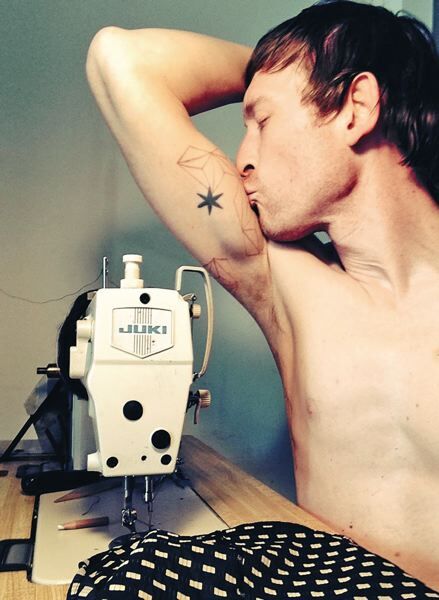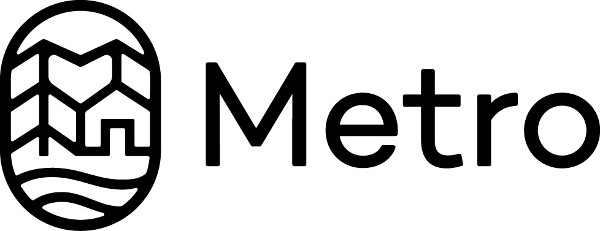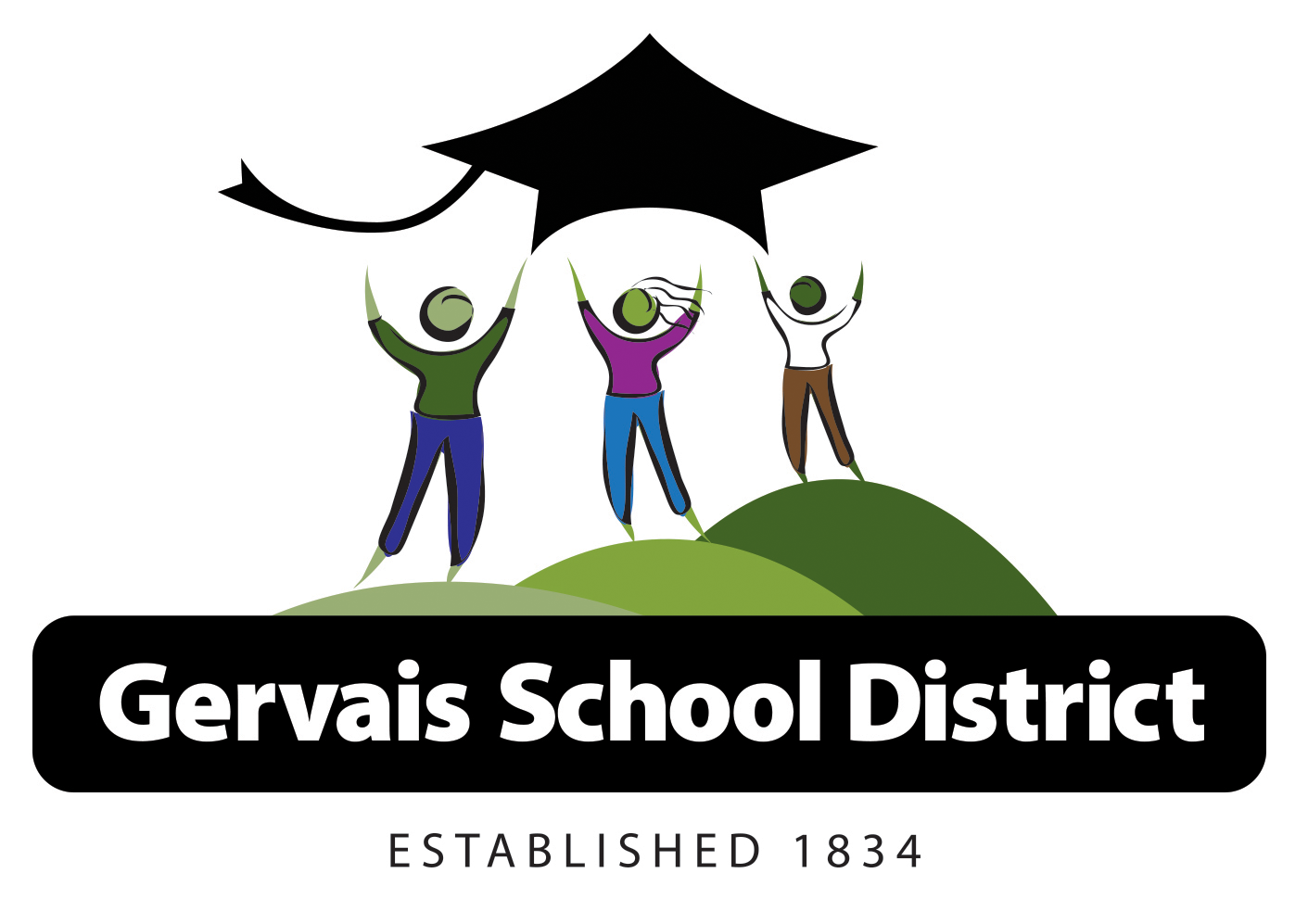Design Week reboots
Published 12:00 am Tuesday, October 6, 2015

- Portland clothing designer Adam Arnold on what it takes to make it here after 13 years.
Design Week Portland is an annual festival of talks and tours that showcases Portland’s discreet design underground.
Trending
Beneath all that plaid and plywood is a city smitten with Bauhaus as well as Koolhaas, Jamie Reid as well as Jonny Ives.
This year, the festival has grown up a bit, and so it has split into two. The week of Oct. 10-17 is a series of small “pop-up” talks and open houses, one of each per day.
The main event will be April 15-23, with a grown up event with a main stage at Revolution Hall on April 15-16. The week after that will include a slew of events around the city.
Trending
Portland tries hard to capitalize on its creative streak, it’s pushing the idea of dressed down, borderline punk rock approach to design. Call it playfulness on a budget.
On Saturday, Oct. 10 the festival opens with an open house at MadeHere PDX, the maker store opposite Burnside Powell’s Books which showcases small scale manufacturing. The idea is to meet the people behind those Moleskintype- notebooks, leather six pack carriers for bikes, and sundry artisanal foods.
Later that day is a Typewriter Jam at the Independent Publishing Resource Center. It’s billed as a roadster show for typewriters. The kind of event where young people can marvel at the mechanical writing machines and old people can get them fixed (or try to sell them).
The next day, Sunday Oct. 11, the typewrite theme continues with a talk on the history of typewriters by Janine Vangool of Canda’s UPPERCASE magazine. Handmade books, letterpress and typewriters may seem to have as much in common with modern media production as poetry does with software documentation. But this is the sweet spot Portland is nurturing.
A panel discussion on Monday, Oct. 12 is a bit more forward-facing. The three architectural firms behind the new buildings at the Burnside Bridgehead will talk with local critic Randy Gragg.
Jeff Kovel, Carrie Strickland and Kevin Cavenaugh are all Portland friends, they are all opinionated, and are the new faces of success here. Cavenaugh will shed more light on his trippy new office building called the Fair-Haired Dumbbell. He calls it “green without being smart, handsome without being expensive, and lucrative without being greedy.” It also looks like something Kim Kardashian would wear if she wanted to attract attention to herself, which could be a new strategy for Portland architecture.
Things heat up a bit on Tuesday with an open house at SET, which always goes out to make an installation that precipitates a party. In the evening is a talk by Nolen Strals and Bruce Willen of Post Typography. This two-man design shop from Baltimore has one foot in the art world but also cultivates an “anti design” vibe, a punk rock rebelliousness that their parents might recognize. Plus they have done work for that old TV series The Wire. It’s the kind of success story Portland firms could look to and wonder, ‘Do we want to be like that?’
On Wednesday, Oct. 14, a talk entitled “From the Fringe to the Everyday: Realizing the Future Through Design” is really four short talks by people working on design at the bleeding edge. With words of wisdom from the senior staff designer at Google Now, an Intel Innovation strategist, the boss of the design firm monogoto and the executive creative director at Ziba, the theme is how to make futuristic design feel familiar, how to take new technology from the scary and the new to the adored and useful.
Thursday and Friday see two more shockers: the digital age may have given designers tools to make and share their work, but also an ability to talk/write about it — and the latter is not going very well. Paula Scher believes the debate about design online and in social media is not very productive, and she will present case studies of some of the designs she launched at Pentragram. Then local clothing designer Adam Arnold will talk about shock. Arnold is known for his tailor made clothing and his high level of craftsmanship. His clothing is typically conservative-looking coats, dresses and jackets with a weird twist, but the detail and tailoring is obsessively good, making them stand apart from the mainstream clothing industry.
The final day features Hand Eye Supply open house — pencils, aprons, notebooks, basically estate sale stuff made new — and a talk by theatrical costume designers Alison Heryer and Mike Floyd about how they make it in the real world, working with real theater professionals.
Designing for designers
So who has the honor of designing for the designers?
Scribble Tone did the web site, and Design Week is hiring an illustrator in residence, Alex DeSpain.
Postano visualizes the social stream, which is a whole job in itself these days, making something public and useful out of the torrent of tweets and likes that make up modern discourse.
Interactive designer and art director Tsilli Pines is the founding Co-Director of Design Week Portland. She also hosts Creative Mornings in Portland, a sort of early morning live TED talk for creative industries people, with free coffee.
Pines says the festival moved to next spring because October in Portland is too crowded with cultural events, but the popup week is a calling card, a reminder that Design Week still exists.
As Design Week Portland (2016) transitions to a 501(c)3 non-profit, it will have corporate sponsors, an earned income stream and a bigger budget.
“Having a headquarters as we did last year is an amazing was to engage the public in an interactive activity, to get them in touch with design.” For instance, last year people could make flags at the HQ in Pioneer Courthouse Square. The flags are this year being recycled into tote bags.
“People are hungry for more edited core pieces of programming that we have total control over.” She says that being cross discipline is one of Portland’s strengths.
“There’s a lot of focus on that idea of systems design, using multiple disciplines to get at large and complex problems.”
She says Portland is strong in things such as the livable city, sustainability at scale, food systems and small scale manufacturing. “We’re not the only ones working on these things but they are the areas where we are actively working, and we wanted to highlight what’s coming out of Portland.”
jgallivan@portlandtribune.com







